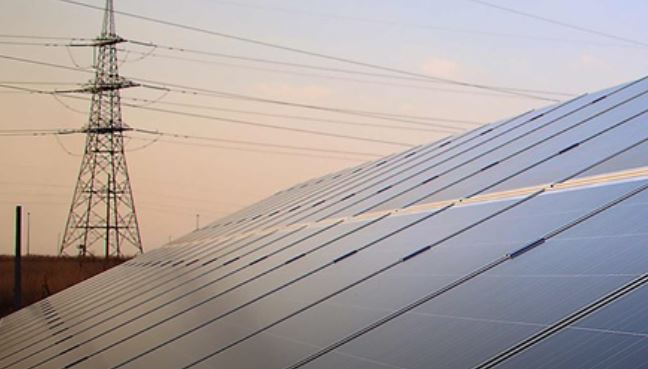Proaktives Verteilnetz “PaVn”
The main objective of the project is to make grid operation flexible. A key principle in this context is the “traffic light concept” for describing the interaction between market and grid.

The main objective of the project is to make grid operation flexible. A key principle in this context is the “traffic light concept” for describing the interaction between market and grid.
The project started in December 2014 and ended in April 2018.
Stakeholder were Innogy SE, Westnetz GmbH (grid operator), Technische Universität Dortmund, Institute of Power Systems and Power Economics, OFFIS Institut für Informatik, Venios GmbH, BTC AG.
The high level use case describes the main processes of the project (Flexibility call), which in turn is divided into three underlying use cases UC01, UC02 and UC03, which further specify the corresponding steps:
UC01: Grid state estimation
UC02: Activation of the yellow phase of the flexibility traffic light
UC03: Determination of locally and temporally available flexibility options and calculation of technical effectiveness
The deliverables were:
Implementation of the BDEW traffic light system in the Use Case to communicate with the market
- Proactive identification of congested areas in the grid
- Identification of the optimal location of measuring points in the grid
- Stochastic state estimation of the grid by means of enviromental and system data as well as known baseline products without consideration of all system
measurements. - Newly developed Grid estimation procedures
- Analysis of the economic efficiency of using flexibility for congestion management
- Using KDP (communication and service platform) to communicate with all market participants and non-discriminated flexibility contraction
- Validation of the developed methods in the demonstration with real customers